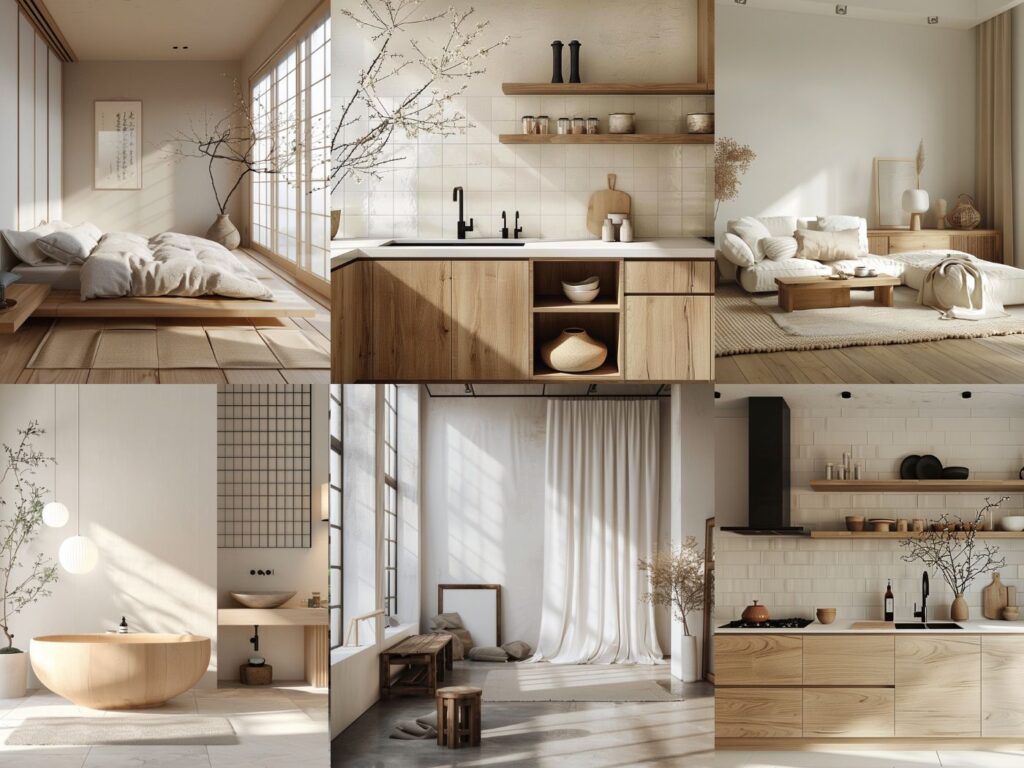Are you seeking a design style that combines the serene simplicity of Japanese minimalism with the cozy functionality of Scandinavian decor? Look no further than Japandi interior design. This harmonious blend promises to transform your living space into a tranquil haven, balancing form and function in perfect symmetry.
Japandi’s clean lines and neutral palettes create an atmosphere of calm that helps you unwind after a hectic day. It’s not just about aesthetics; it’s about crafting spaces that improve your well-being. Whether you’re redesigning a single room or your entire home, embracing Japandi can provide the peaceful retreat you’ve been longing for.
Top 16 Japandi Interior Design Ideas And Styles
#1. Japandi Photo Studio Interior Idea
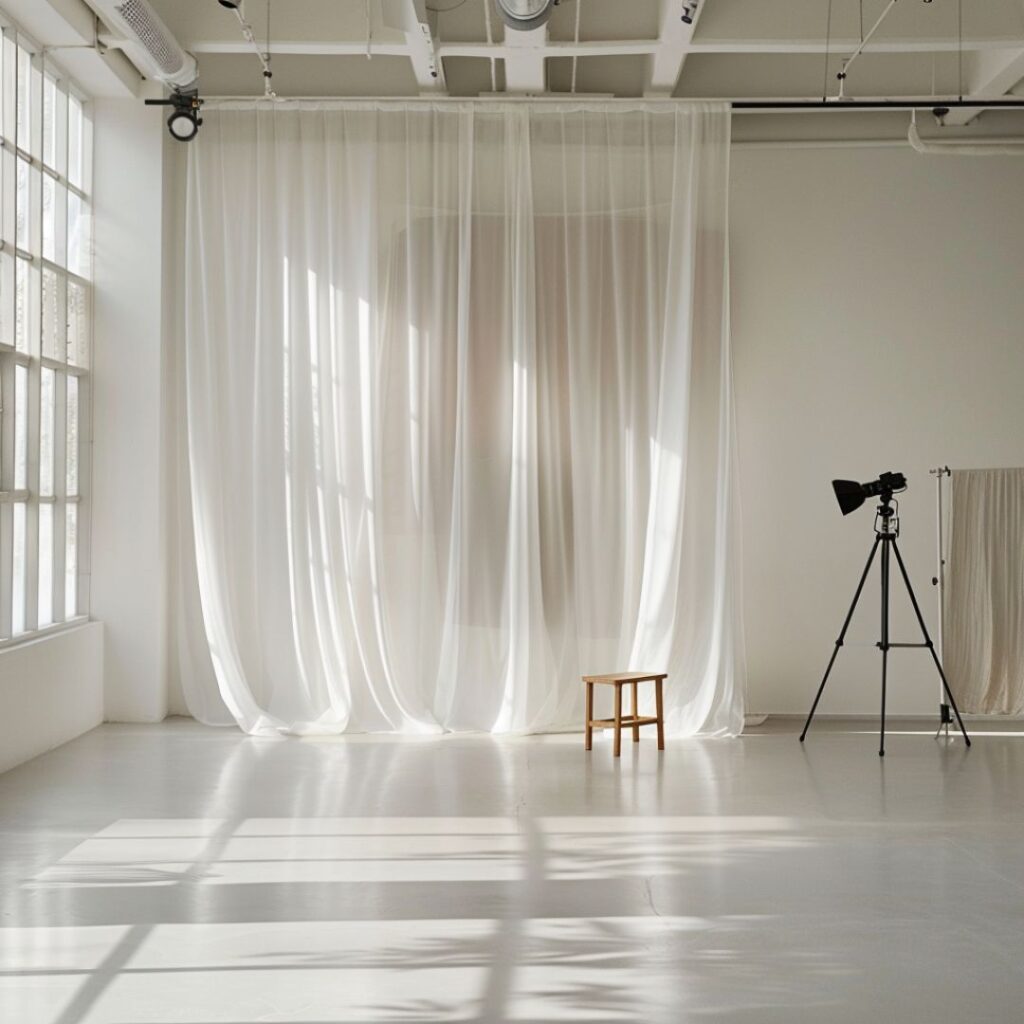
#2. Japandi Photo Studio Interior Design

#3. Japandi Photo Studio Idea
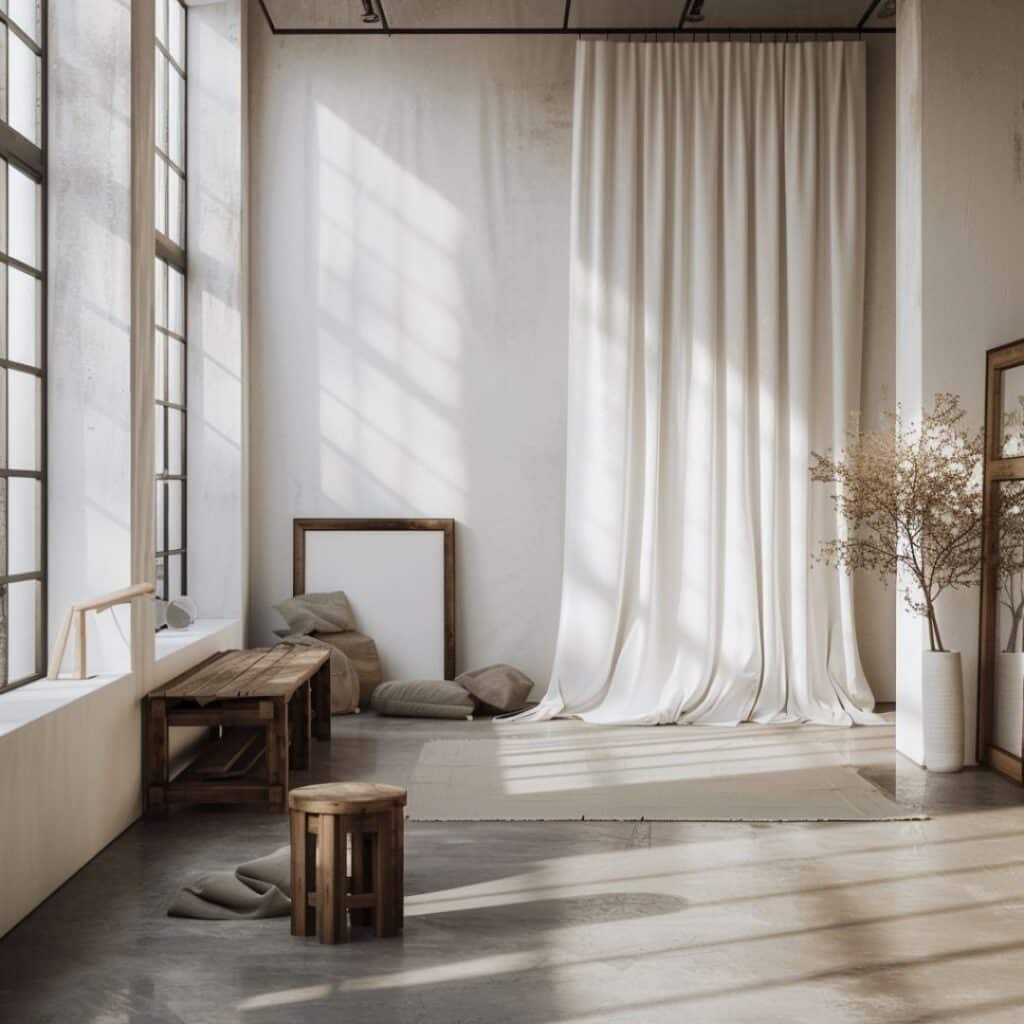
#4. Japandi Photo Studio Design
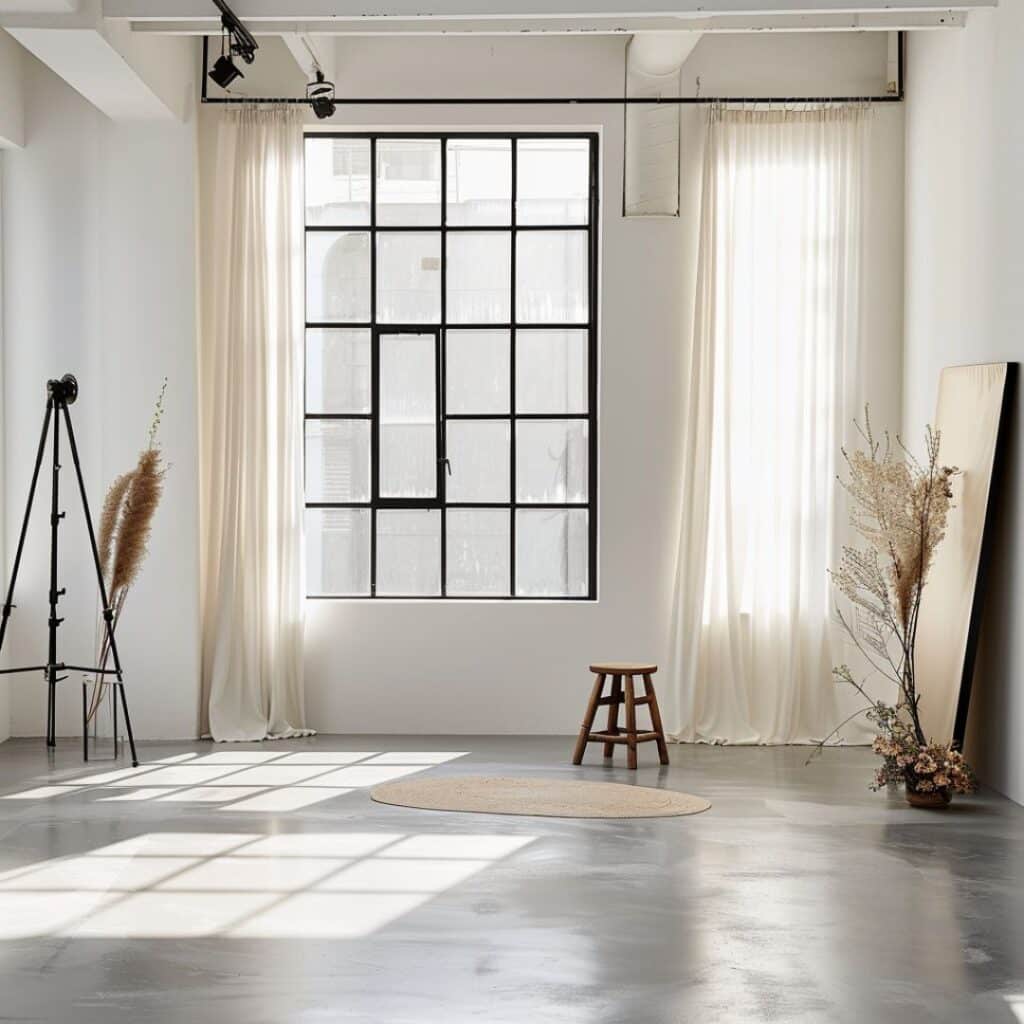
#5. Japandi Living Room Interior Idea
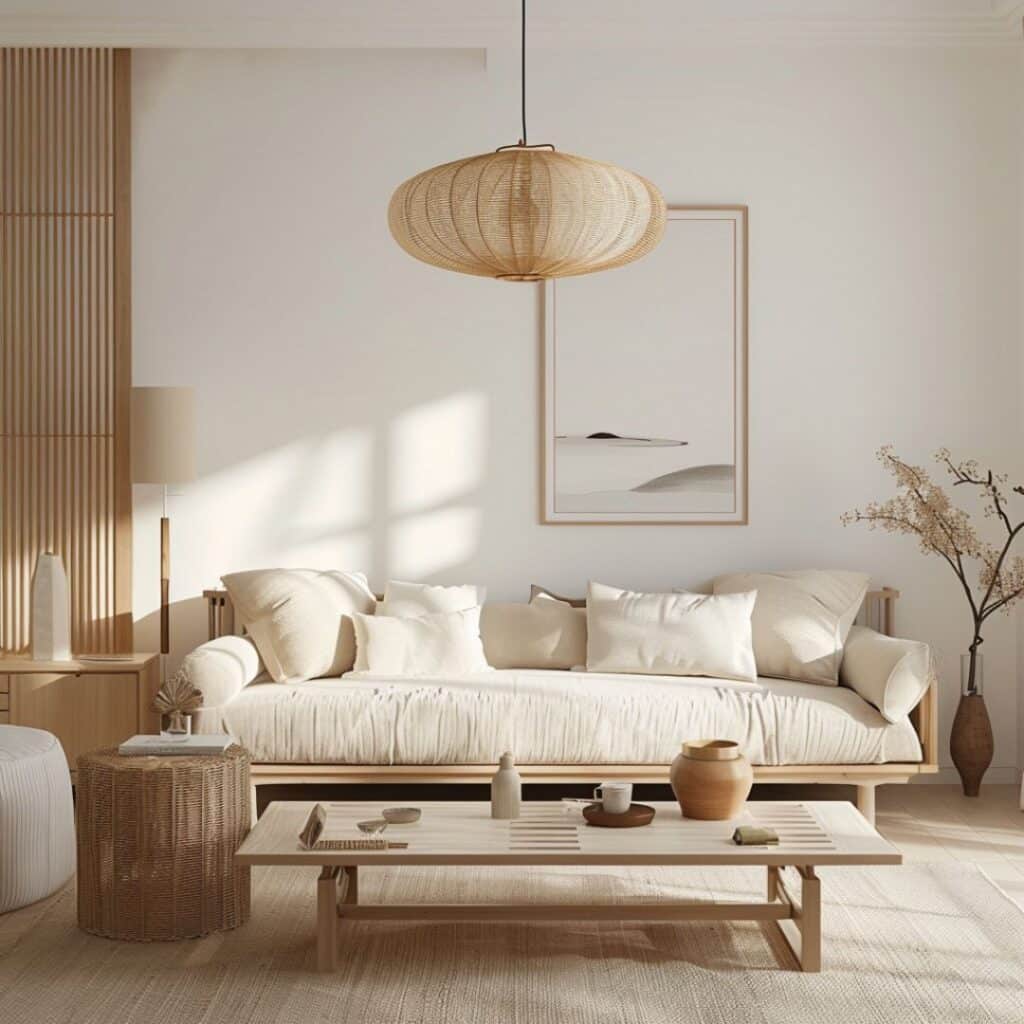
#6. Japandi Living Room Interior Design

#7. Japandi Living Room Idea

#8. Japandi Kitchen Interior Idea

#9. Japandi Kitchen Interior Design

#10. Japandi Kitchen Idea
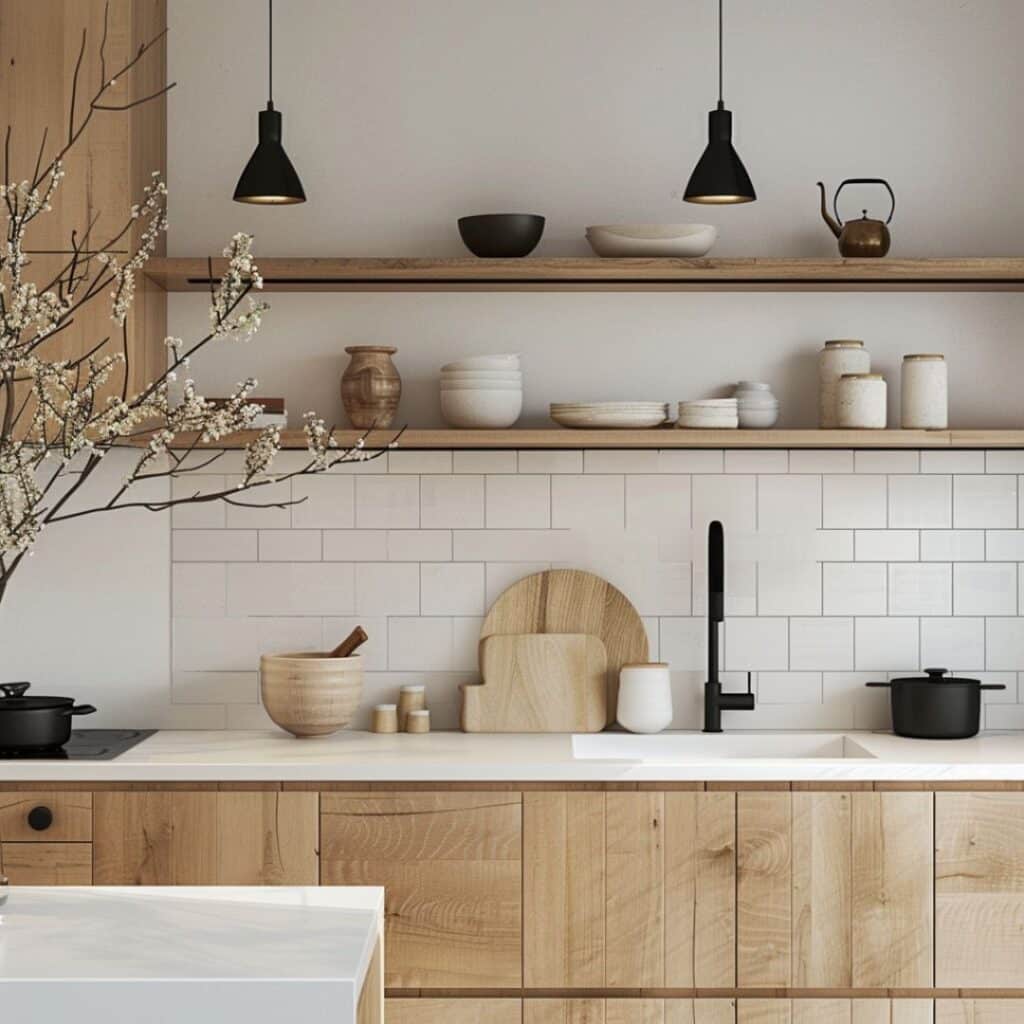
#11. Japandi Kitchen Design
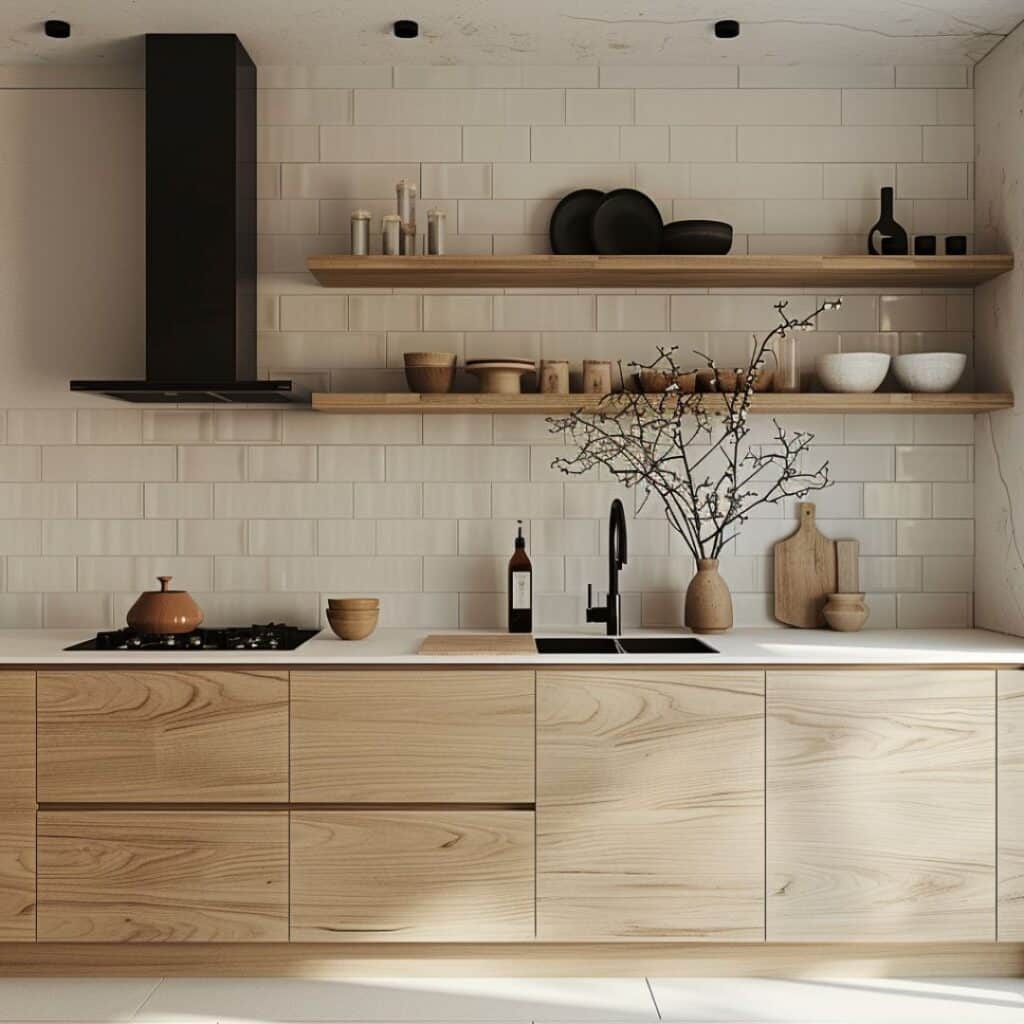
#12. Japandi Bedroom Interior Idea
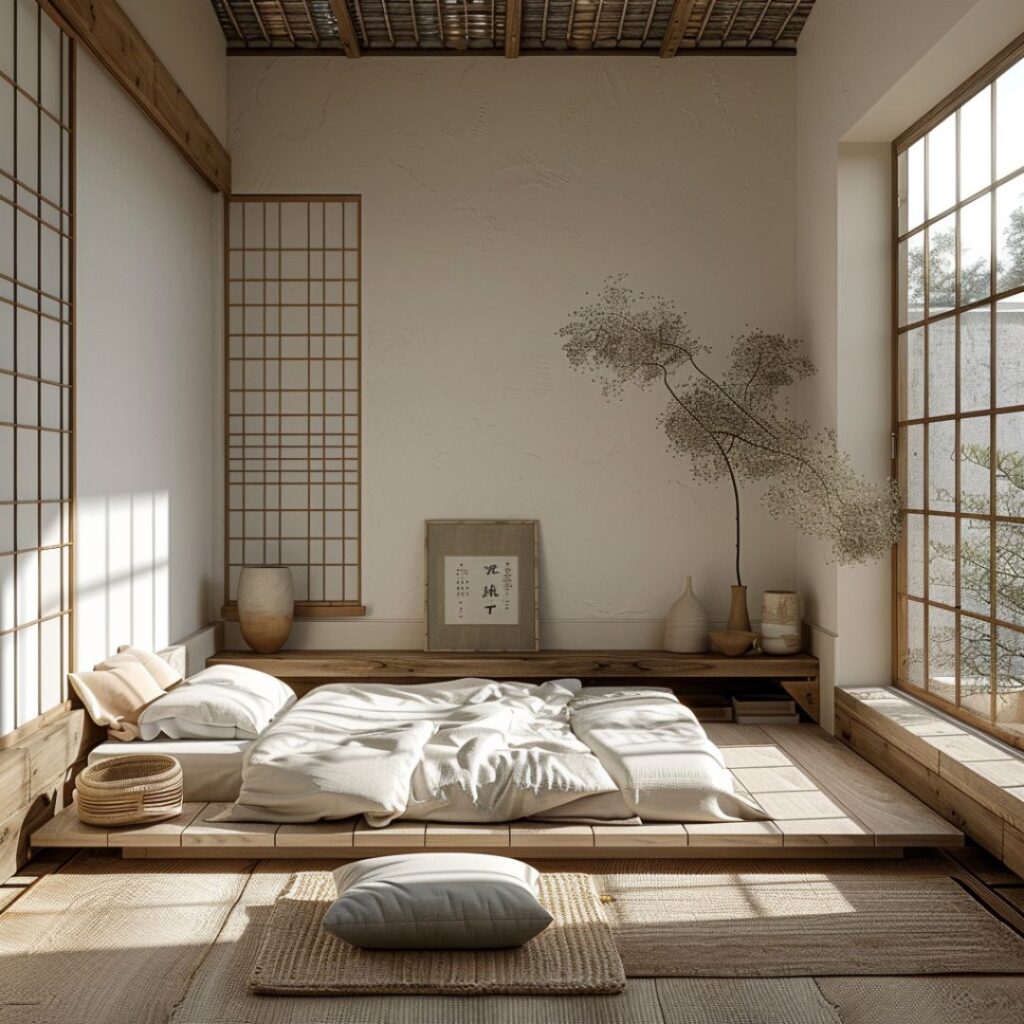
#13. Japandi Bedroom Interior Design

#14. Japandi Bathroom Interior Idea
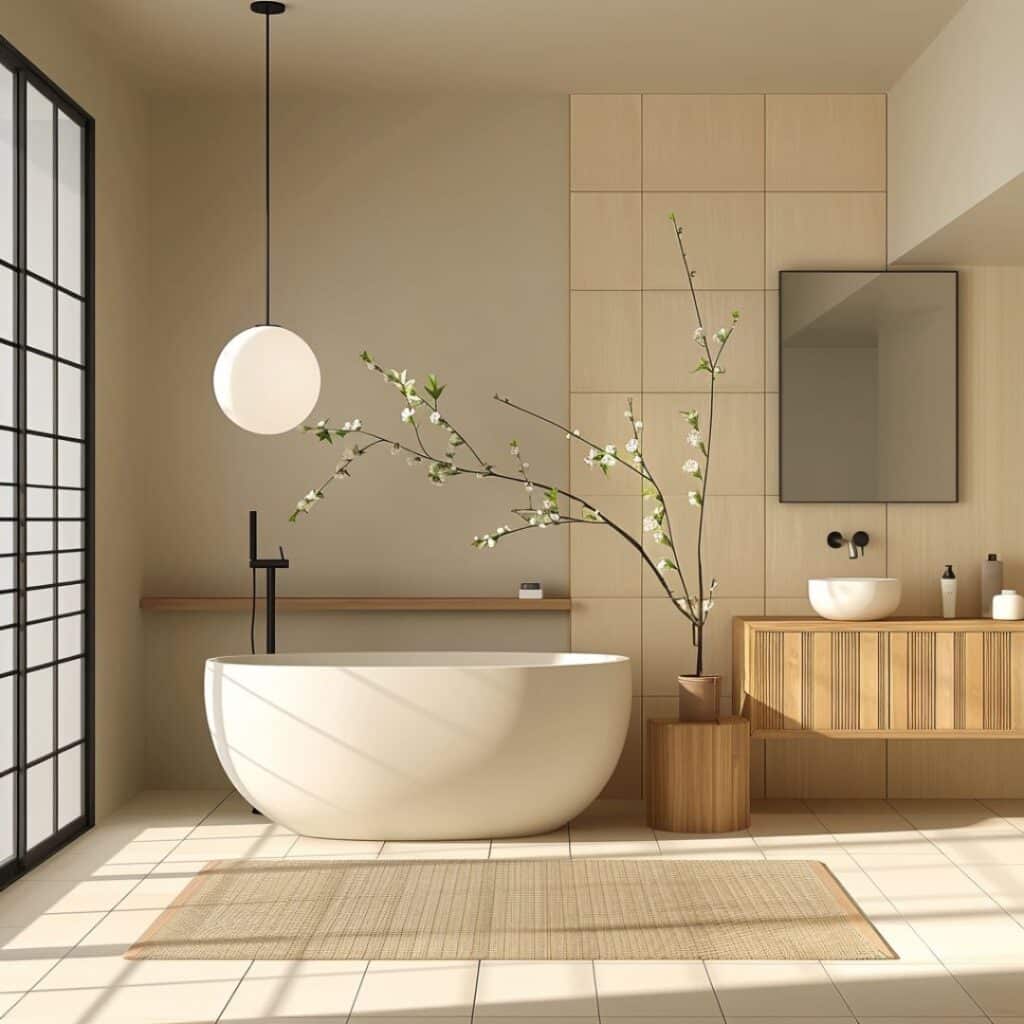
#15. Japandi Bathroom Interior Design
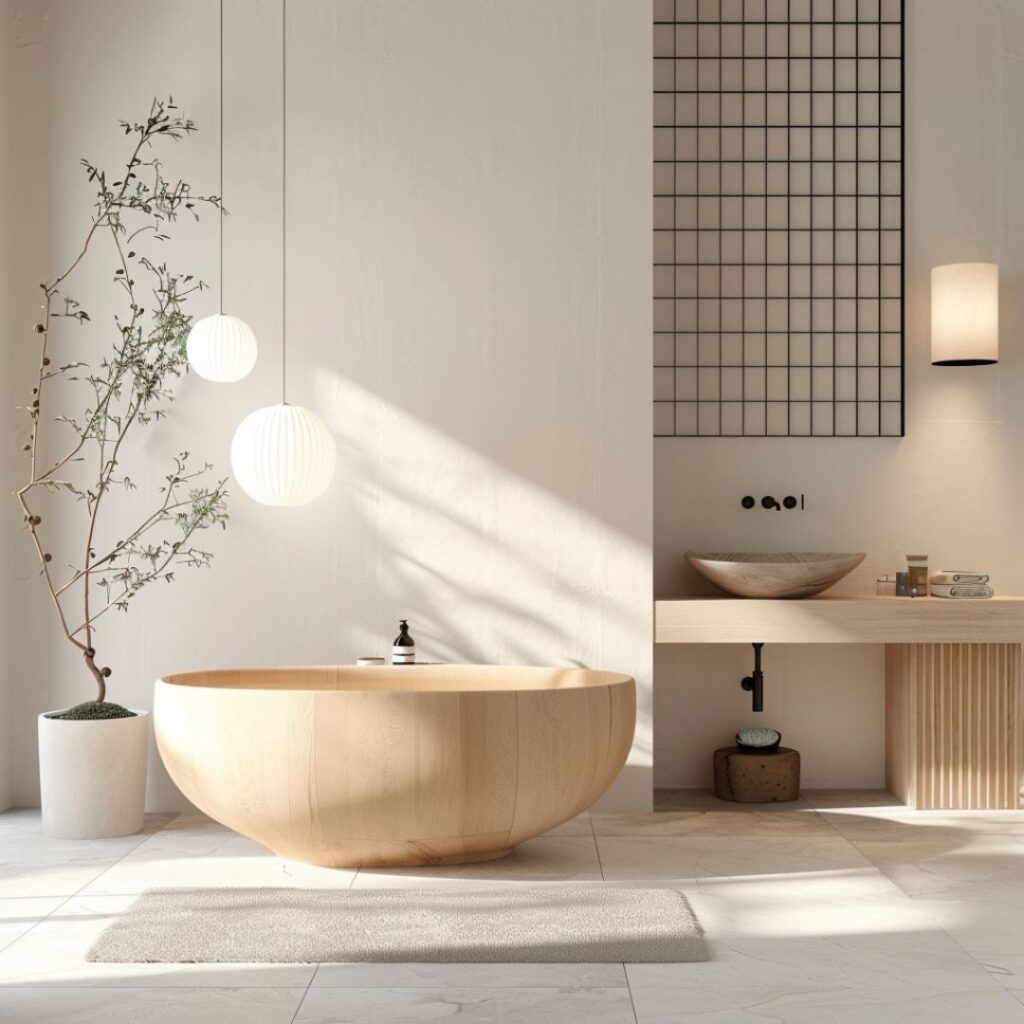
#16. Japandi Bathroom Design
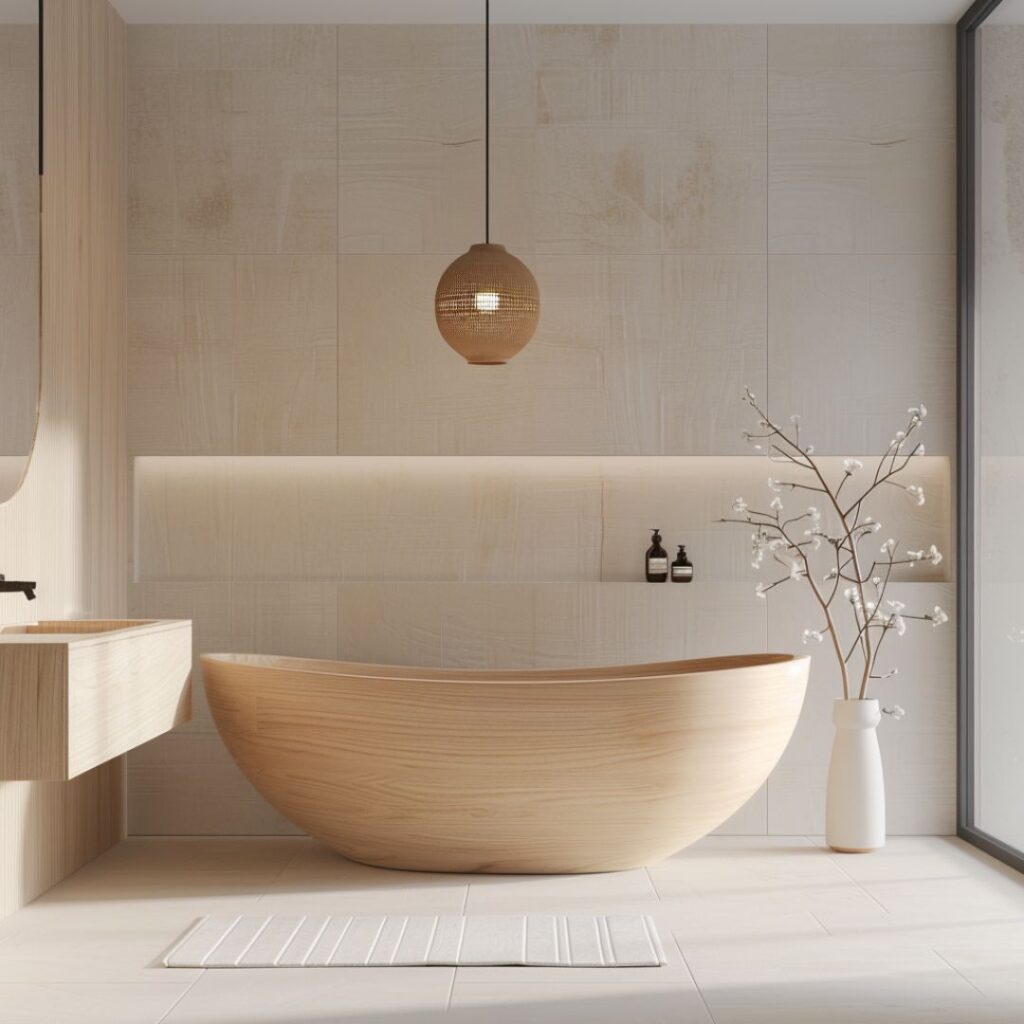
The Philosophy of Japandi Interior Design
Japandi marries Japanese minimalism with Scandinavian functionality. This fusion creates a serene, purposeful living space.
Origins and Influence
Japandi draws inspiration from two design traditions. Japanese aesthetics emphasize simplicity and nature, while Scandinavian design prioritizes comfort and practicality. Merging these styles results in spaces that are both beautiful and functional.
Core Principles of Japandi Style
Simplicity: Focus on essential items to reduce clutter. Choose furniture with clean lines and natural materials like wood or bamboo.
Functionality: Every piece serves a purpose. Multifunctional furniture maximizes utility without sacrificing style.
Neutral Palettes: Use calming colors such as whites, grays, and earthy tones to create a peaceful atmosphere. Avoid bold colors; instead, incorporate soft hues for accents.
Nature Integration: Incorporate plants and natural elements to connect indoors with outdoors. Materials like stone or ceramics can enhance this connection.
Each principle aims to foster tranquility in your home by blending the best aspects of both Japanese and Scandinavian designs.
Essential Elements of Japandi Design
Japandi design blends Japanese minimalism with Scandinavian functionality. This section covers the critical elements that compose this serene and purposeful style.
Natural Materials
Natural materials play a central role in Japandi design. Wood, bamboo, and paper are common choices for furniture, flooring, and decor. These materials create an organic feel and connect interior spaces to nature.
Minimalist Color Palette
A minimalist color palette defines Japandi interiors. Neutral tones like beige, white, gray, and muted pastels dominate the space. These colors promote calmness and simplicity while providing a versatile backdrop for other design elements.
Functional Furniture
Functional furniture is a hallmark of Japandi style. Pieces often serve multiple purposes to maximize utility while maintaining aesthetic appeal. For example, low-profile sofas with hidden storage or tables that double as desks embody this principle.
Incorporating Japandi Design in Your Home
Japandi design brings tranquility and functionality. It harmonizes elements from Japanese and Scandinavian aesthetics.
Living Room Ideas
Use low-profile furniture to create a sense of openness. Opt for wooden pieces like coffee tables and shelves, as they add warmth. Integrate neutral-colored cushions and throws to enhance comfort without overwhelming the space.
Place a few potted plants around the room. They bring nature inside and contribute to a serene atmosphere. Select simple artwork that complements the minimalist approach, avoiding cluttered or overly colorful designs. This approach resonates well with the principles of Zen interior design, emphasizing simplicity and tranquility.
Bedroom Elements
Choose a platform bed with clean lines for simplicity. Stick to bedding in muted tones such as white, beige, or gray. Incorporate natural materials like linen or cotton for an inviting texture.
Add storage solutions that blend seamlessly into the design. Built-in wardrobes or under-bed drawers maintain the minimalist aesthetic while providing necessary utility. Include soft lighting through bedside lamps with wooden bases to create a calming ambiance.
Tips for the Kitchen
Select functional furniture that maximizes space usage in your kitchen. Include open shelving made from wood for easy access and an organic feel. Use ceramic dishes and utensils, which align well with both Japanese minimalism and Scandinavian practicality.
Maintain a decluttered workspace by storing essentials out of sight when not in use. Use neutral colors on walls and countertops to keep the area looking clean and spacious. Add small touches like bamboo cutting boards or woven placemats for extra texture without adding visual noise.
Recent Trends in Japandi Interior Design
Japandi interior design continues to evolve, incorporating new trends that align with its core principles. These trends focus on sustainability and functionality while maintaining a minimalist aesthetic.
Sustainability and Eco-Friendly Practices
Sustainability remains a crucial aspect of Japandi design. Designers now favor materials like bamboo, reclaimed wood, and organic fabrics to minimize environmental impact. You may well consider using non-toxic paints and finishes to create healthier living spaces.
Additionally, energy-efficient lighting solutions have become popular. LED lights not only reduce electricity consumption but also complement the clean lines typical of Japandi interiors. Incorporating solar panels or other renewable energy sources further extends this commitment to eco-friendliness.
Multi-Functional Furniture
Multi-functional furniture is gaining importance in Japandi interiors. Pieces that serve multiple purposes help maximize space without sacrificing style. For example, you may use a sofa bed in the living room or opt for dining tables with built-in storage compartments.
Furniture that can adapt to various settings enhances the flexibility of your home layout. Consider modular sofas that can be rearranged easily or extendable dining tables for accommodating more guests when needed.
Neutral Color Schemes with Subtle Accents
Neutral color schemes remain foundational in Japandi design but are now often paired with subtle color accents. Soft pastels or muted tones provide contrast without overwhelming the serene environment you aim to create.
Incorporate these accents through accessories like cushions, throws, or wall art. This approach maintains visual interest while adhering to the minimalist ethos of Japandi design.
Natural Elements Integration
Integrating natural elements continues as a key trend in Japandi interiors. Indoor plants such as bonsai trees or snake plants add greenery and enhance air quality indoors, contributing to tranquility within your space.
Materials like stone and clay are also becoming more prevalent. Use them in decorative items like vases or sculptures to bring an earthy touch into your home decor.
By staying updated with these recent trends, you can keep your Japandi interior both modern and timelessly appealing.

